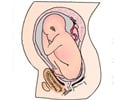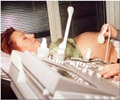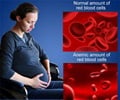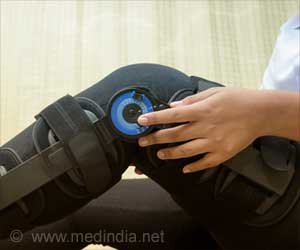The most preventable factor to minimize orthopaedic trauma among pregnant women: Wearing seat belts.

TOP INSIGHT
Awareness and knowledge of maternal physiology and anatomy, radiation procedures and risks, teratogenic agents and proper surgical techniques can significantly improve maternal outcomes.
"Awareness and knowledge of maternal physiology and anatomy, radiation procedures and risks, teratogenic agents [i.e., infections, chemicals and drugs] and proper surgical techniques can significantly improve maternal outcomes without jeopardizing fetal health," says lead author Nirmal Tejwani, MD, an orthopaedic trauma surgeon with NYU Langone Orthopedics.
"When pregnant women sustain fractures, two lives must be simultaneously treated throughout the entire process," says Dr. Tejwani. Fetal monitoring before and during any surgical procedure, and a collaborative team of well-trained specialists are essential for optimal patient outcomes. "Under fetal monitoring before and during surgery, a 22-year-old woman--who fractured her right shin bone while six weeks pregnant--underwent anesthesia and a successful fracture repair. Her fracture healed satisfactorily in three months, and she was able to later deliver a healthy baby at term."
Although the cause of orthopaedic traumas vary, pregnant women and their unborn babies are most vulnerable to injuries in motor vehicle crashes. Among those injured as drivers or passengers, up to 64 percent were not wearing seat belts at the time of the collision, which can cause harm to the mother and fetus.
"The most preventable factor is wearing a seat belt. Pregnant women typically don't wear seat belts because they feel this harms the fetus; however, they should be counseled on the importance of seat belt use in preventing maternal and fetal harm," says Dr. Tejwani.
In one case, Dr. Tejwani and a team of physicians deemed it safer to induce delivery for a 39-year-old woman injured in a car crash as a pedestrian. She suffered a fracture-dislocation of her ankle--an unstable injury involving bone and soft tissue--and was 37 weeks pregnant. After delivery, the patient was given an epidural, and her ankle fracture was reduced and splinted. A few days later, she underwent surgery with anesthesia, was counselled about swelling in her lower body--which is usually greater among pregnant patients with ankle fractures--prescribed pain medication to be used sparingly, and was advised to not breastfeed until after the medications were stopped.
Have a greater likelihood to deliver prematurely--more than three weeks before a baby is due--in gestation weeks 24 to 33 (17 percent versus 3 percent) and 37 weeks (31 percent versus 3 percent).
Have the greatest likelihood to deliver prematurely if they previously fractured their pelvis.
Have a 15 percent higher rate of delivery by cesarean section (c-section).
Are more likely to undergo c-sections if they previously fractured their pelvis.
More frequently delivered their babies on admission (34 percent versus 13 percent).
Source-Eurekalert
 MEDINDIA
MEDINDIA
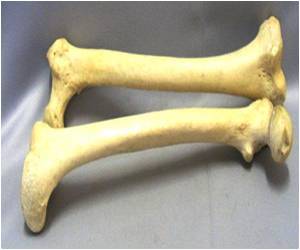
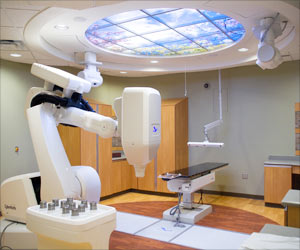


 Email
Email
